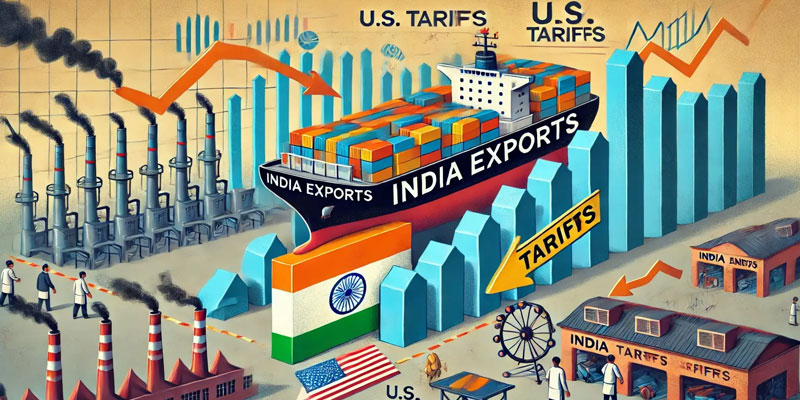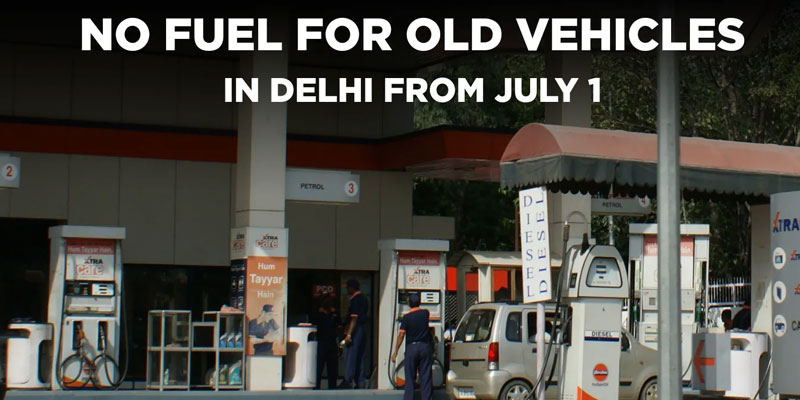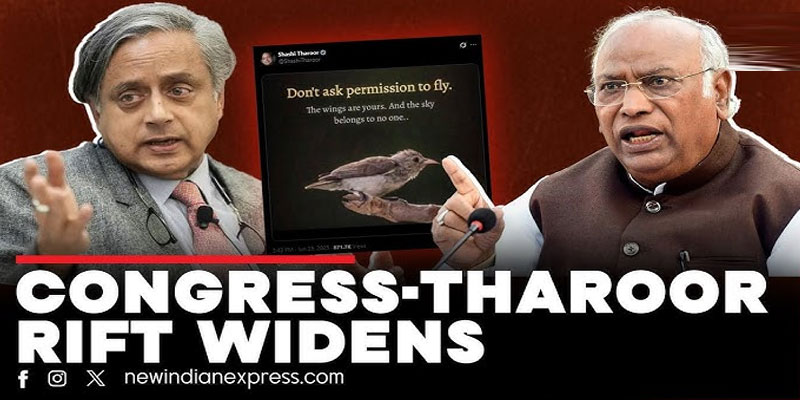RBI’s Bold Move: Repo Rate Cut by 50 bps
In a significant policy decision, the Reserve Bank of India (RBI) has cut the repo rate by 50 basis points, bringing it down to 5.5%. This marks the third consecutive rate cut by the central bank in a proactive push to stimulate economic growth. RBI Governor Sanjay Malhotra announced the Monetary Policy Committee’s (MPC) decision following its three-day meeting from June 4–6, emphasizing the need to support growth amid easing inflationary pressures.
Understanding the Repo Rate
The repo rate is the interest rate at which the RBI lends short-term funds to commercial banks. This rate serves as a benchmark for interest rates across the economy. Changes in the repo rate directly influence borrowing costs for businesses and consumers, thereby impacting consumption, investment, and inflation.
Repo Rate as a Tool to Control Inflation
The RBI uses the repo rate as a monetary policy lever to balance inflation and growth.
· When inflation is high, the RBI increases the repo rate, making borrowing costlier. This reduces consumer demand and helps cool down prices.
· When inflation is low, as it currently is, the RBI lowers the rate to encourage borrowing, spending, and investment, boosting economic activity.
· With CPI inflation dropping to 3.2% in April 2025, well below the MPC’s comfort zone of 2–6%, the central bank found room for this growth-focused move.
Implications for the Economy, Banks, and the Public
1. For Consumers
Cheaper loans are now likely across sectors. Home loans, car loans, and personal finance products may see lower interest rates, encouraging spending and large-ticket purchases. This move comes as a welcome relief for middle-class borrowers and first-time homebuyers.
2. For Banks
Commercial banks are expected to pass on the benefits of the lower repo rate to customers through reduced lending rates. However, with reduced interest earnings from loans, banks may see a margin squeeze, especially if deposit rates are not adjusted proportionately.
3. For the Economy
Lower borrowing costs can spur private investment, revive sluggish consumption, and boost business activity — all of which are vital to pushing the economy toward a stronger recovery trajectory. Sectors such as real estate, automobiles, and infrastructure may witness improved demand.
4. For Inflation and Future Outlook
Governor Malhotra, however, struck a cautious note, signaling this may be the last rate cut in the current cycle. With 100 basis points shaved off since February 2025, the MPC has shifted its stance from ‘accommodative’ to ‘neutral’, citing limited room for further monetary easing. The central bank will now closely monitor incoming data to avoid any inflationary build-up as demand recovers.
What Experts Say
Divam Sharma, Founder & Fund Manager at Green Portfolio PMS, described the 50-basis points rate cut as a "surprise," noting that markets had only expected a 25-bps reduction. He emphasized the move’s potential to boost liquidity, lower borrowing costs, and spur capital expenditure. Sharma highlighted strong domestic consumption, corporate activity, and GDP growth as reinforcing factors for a sustained economic trajectory. He also welcomed the 100 bps CRR cut, calling it a timely measure to ease lending amid slowing FPI inflows. With inflation projected at 3.7%, Sharma views the RBI’s policy shift as a bold and well-timed growth catalyst.
A Calculated Push, But Caution Ahead
The RBI’s third successive repo rate cut is a deliberate nudge to stimulate growth at a time when inflation remains tame. While this move will likely boost confidence and liquidity, the shift in policy stance reflects the RBI’s intent to balance growth with price stability going forward. As India navigates a delicate economic recovery, judicious monetary management will be key — the central bank has taken a bold step, but its eyes are firmly on the road ahead.
(With agency inputs)






















